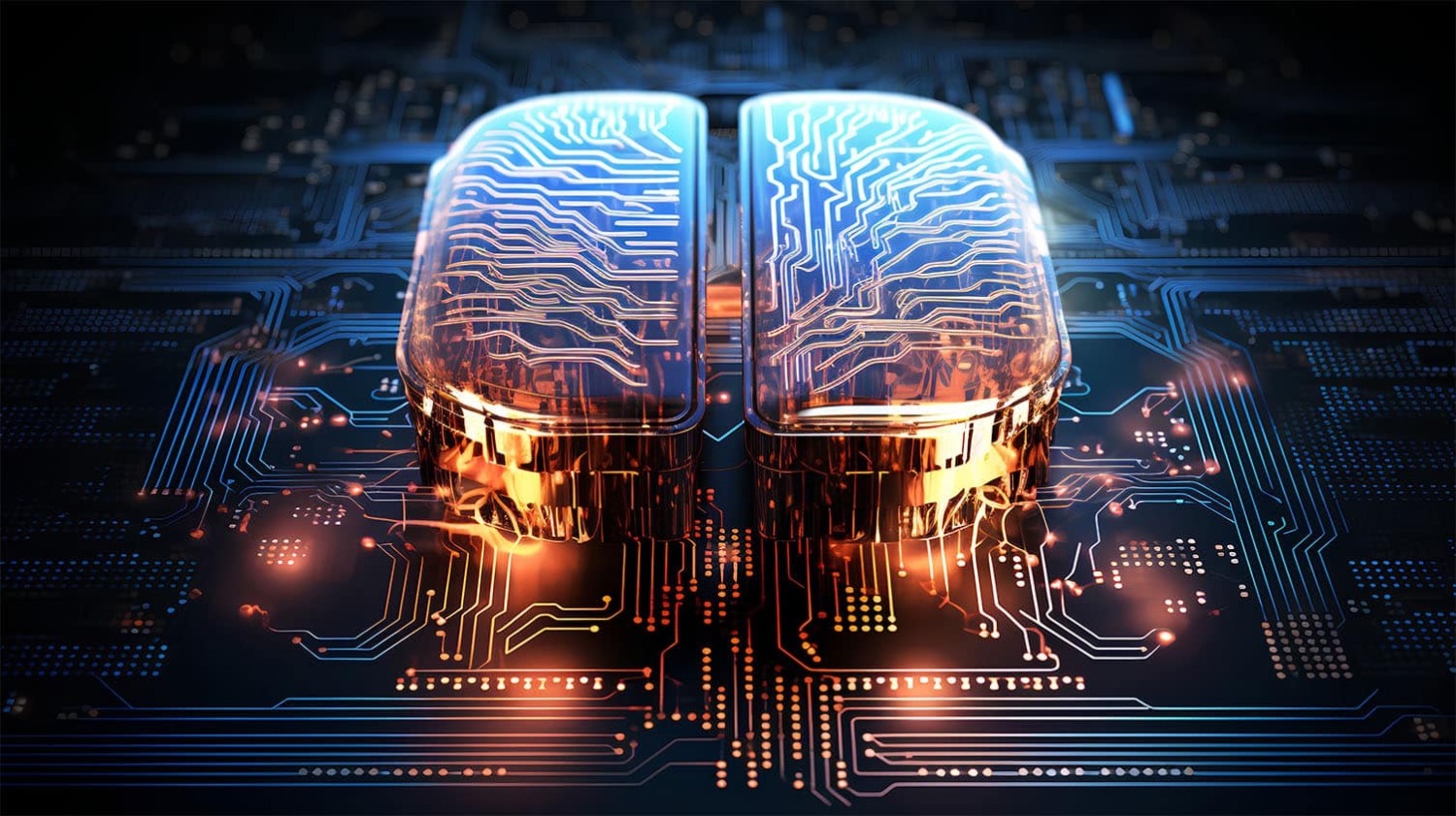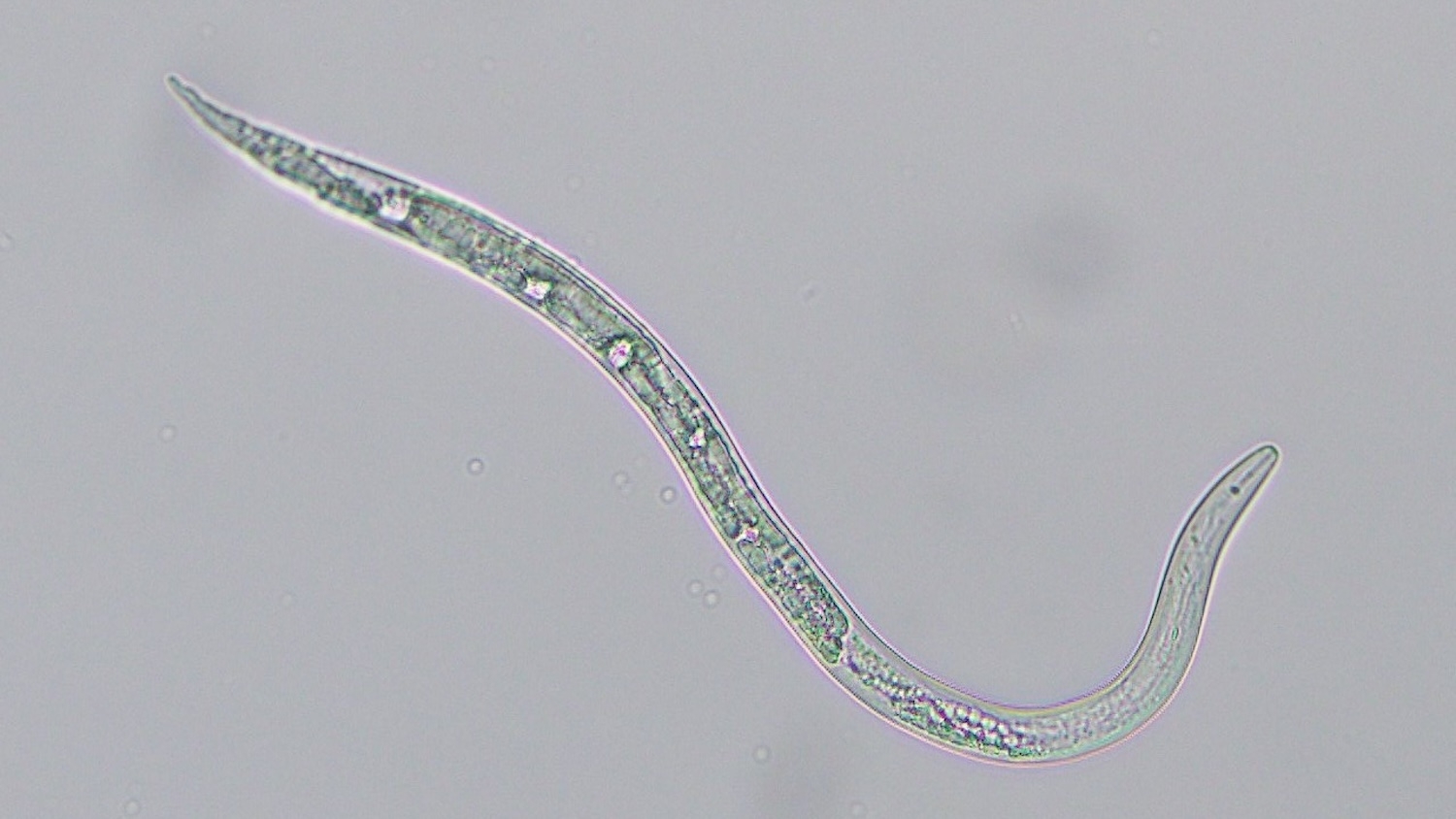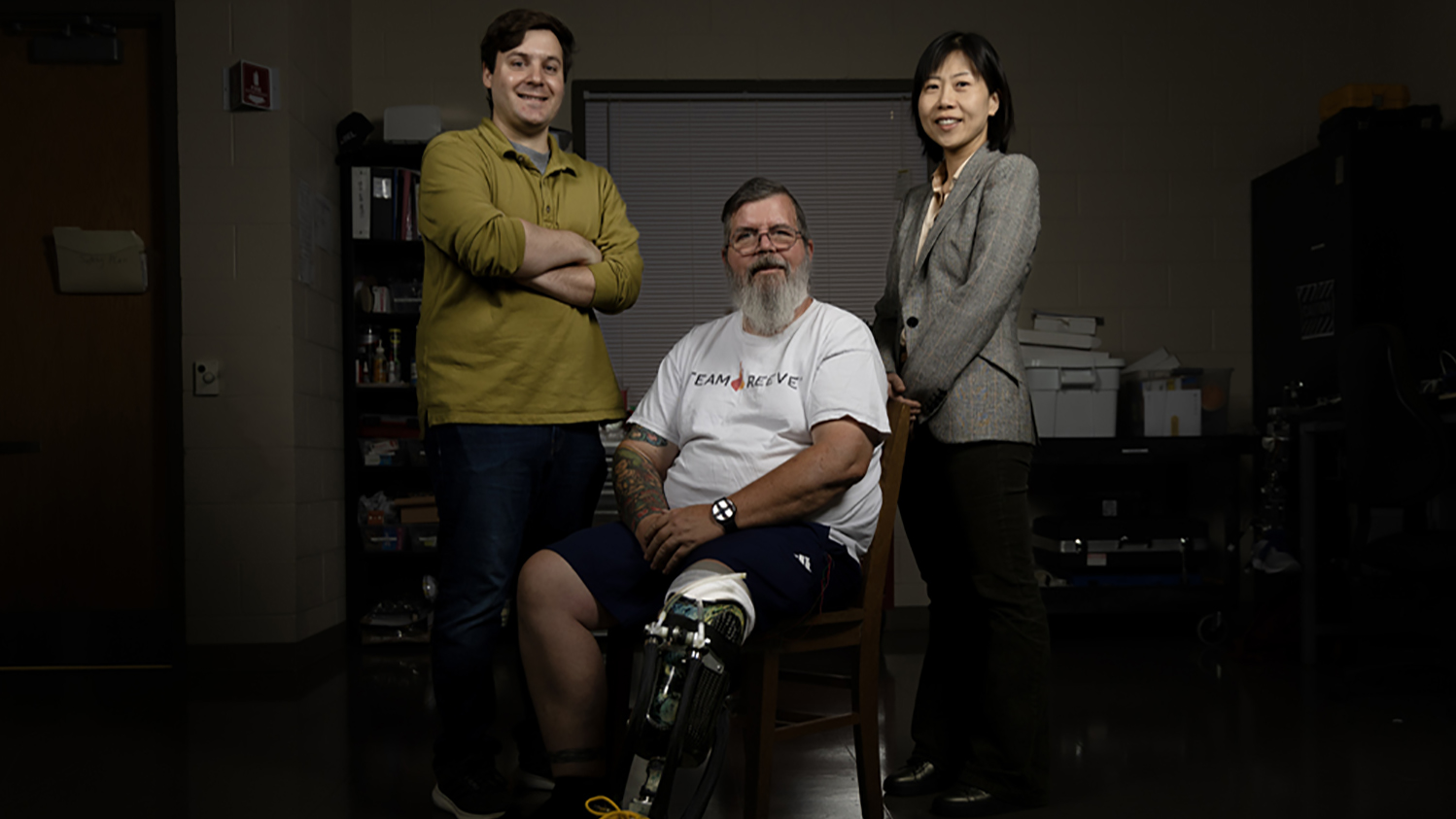From checking spelling to driving a car, artificial intelligence (AI) has become commonplace. AI systems are trained to understand natural language, perceive stimuli, recognize patterns, solve problems, and make decisions. They can learn and adapt from data, improving their performance over time.
At NC State University, interdisciplinary teams are leveraging AI to revolutionize research. Below are several examples of how NC State researchers — across colleges and departments — are applying AI to agriculture, chemical engineering, education and more.
Increasing the Value of Sweetpotatoes through AI
Part of the N.C. Plant Sciences Initiative (PSI) and funded by the Game-Changing Research Incentive Program (GRIP), the Sweet-APPS Project is a transdisciplinary effort using AI to make sweetpotatoes crop yields more successful and profitable. North Carolina is the largest American grower of sweetpotatoes — a crop estimated at $324 million in 2019. Research teams used imaging technology to analyze hundreds of thousands of sweetpotatoes, calculating their quality characteristics. Combined with data on growing conditions, machine learning algorithms determined which factors impact size and shape with the goal of improving crop yields that meet USDA Grade 1 standards and profitability.
Harnessing AI Tools for Crops
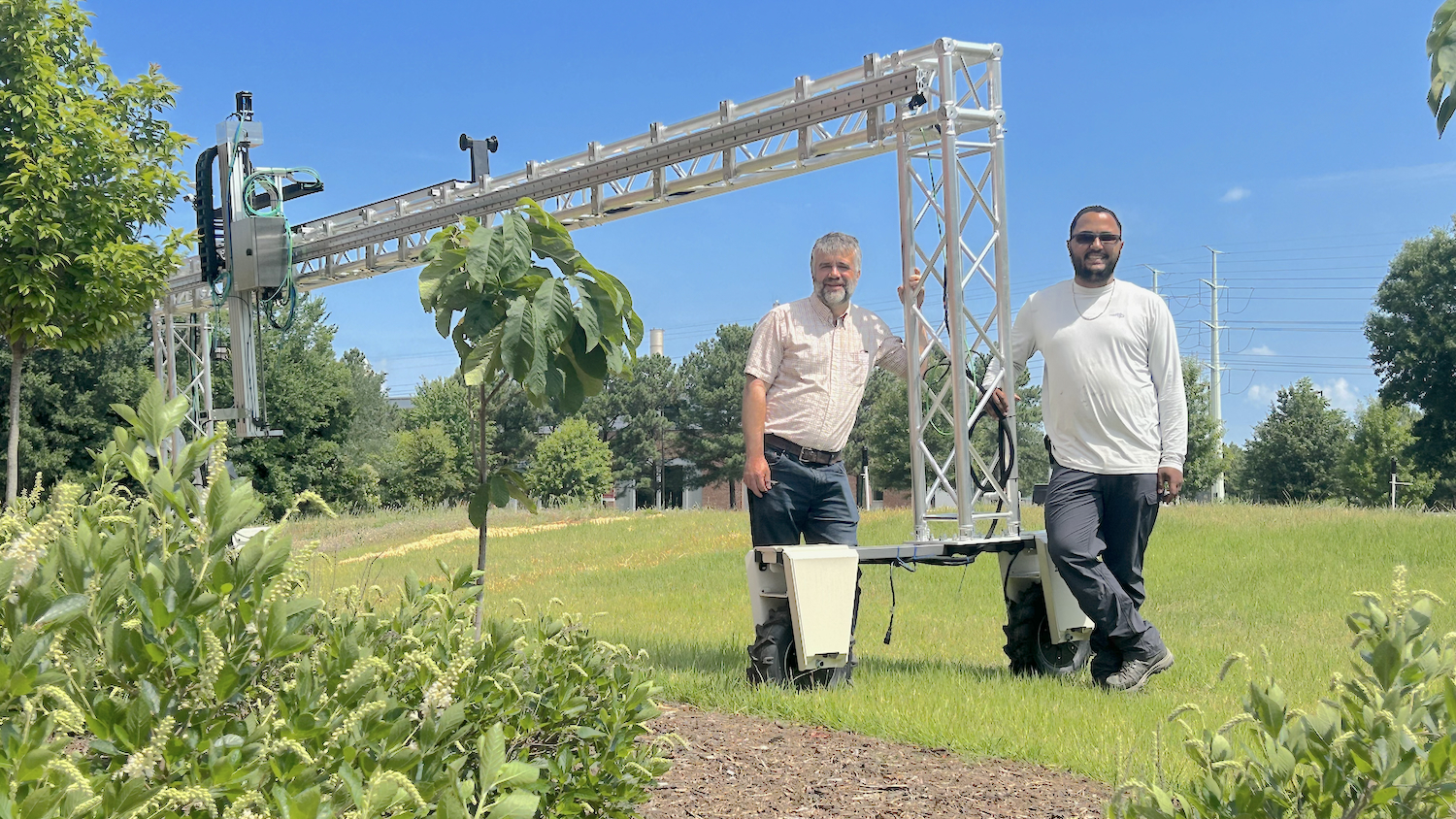
An interdisciplinary research team in the N.C. Plant Sciences Initiative is using AI to innovate two new tools — BenchBot 3.0 and the NVIDIA Grace Hopper 200 — to help producers and growers improve crop yields, efficiency and sustainability. BenchBot is a robot that efficiently takes high-resolution photos and stores them in an open-source image repository. The Grace Hopper, N.C. PSI’s newest supercomputer, will process the data BenchBot collects to help train large-scale AI models for agricultural applications — making them more accurate and predictive.
AI Method Improves Efficiency in Vision Transformers

Vision transformers use AI to identify or categorize objects in images, but require significant computational power and memory. Another hurdle is the lack of transparency users have in vision transformers’ decision-making. “Patch-to-Cluster attention” (PaCa), a new methodology developed by researchers at NC State, addresses both challenges and outperforms two advanced vision transformers’ in the ability to identify, classify and segment objects in images.
Mapping 3D Space with 2D Cameras in Self-Driving Cars

Most self-driving cars rely on multiple 2D cameras that use vision transformers to create a 3D representation of the real-world space around them. Multi-View Attentive Contextualization (MvACon), released last year, works by modifying the PaCa approach and allowing autonomous vehicles to better map the 3D space around them. A plug-and-play supplement, MvACon works with limited computational resources and is designed for usage with existing vision transformers.
Decoding Age-Related Disorders
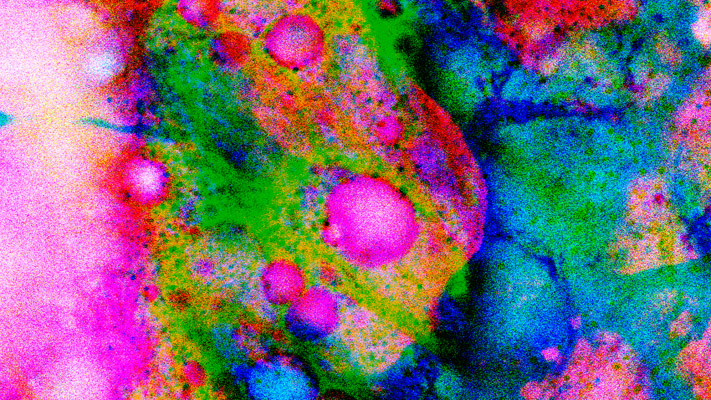
Funded by the Data Science Academy, researchers are using worms as a model organism to explore aging and age-related diseases. The project, dubbed “WormScanAI,” aims to decode the intricate morphological changes occurring in organs, tissues, and cells — critical indicators of underlying age-related disorders. The interdisciplinary team has developed a machine learning algorithm that predicts a worm’s age, but they’re still training the algorithm to identify the markers of aging or neurodegeneration.
Technique Helps AI Tell When Humans Are Lying

Researchers have developed a new set of training parameters to help AI programs perceive and account for the economic incentives to withhold or falsify personal information, like on a mortgage application or when trying to lower insurance premiums. This new tool helps AI train itself to make predictions that account for circumstances in which a human might lie to improve an outcome. The modified AI was able to detect inaccurate information from users in proof-of-concept simulations.
AI-Driven Lab Speeds Catalysis Research

Fast-Cat is an AI tool developed to quickly and efficiently provide in-depth analyses of catalytic reactions in chemical research and manufacturing. The tool streamlines analysis by learning from the automated experiments it conducts as a “self-driving” lab. This autonomous technology continuously runs high-temperature, high-pressure, gas-liquid reactions and then analyzes the output to determine how different variables affect each experimental outcome. The self-driving lab uses these results — successes and failures alike — to inform which experiment it will run next. It can provide more data over six months of conventional testing in five days.
AI Opts For Diversity To Improve Its Performance
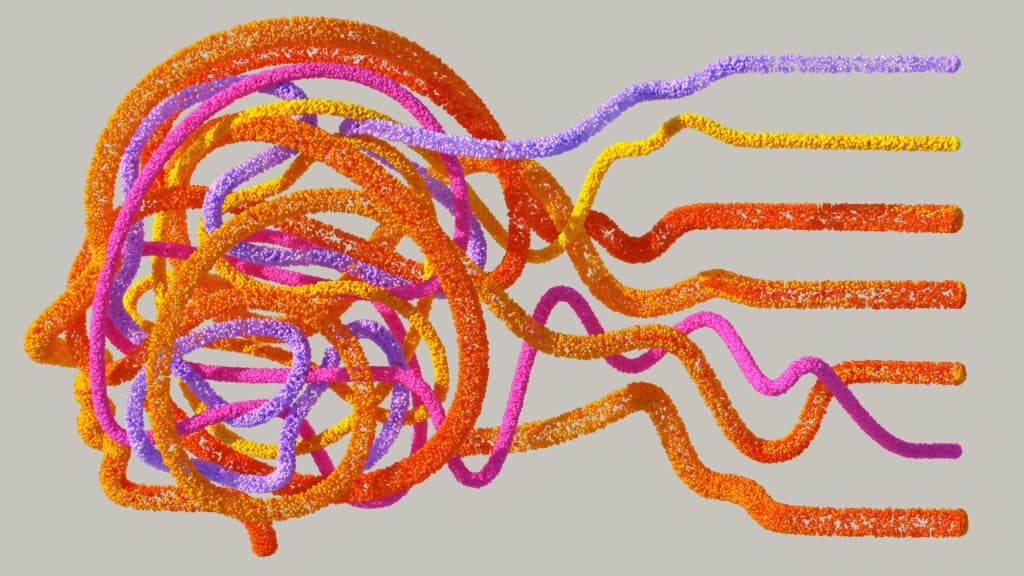
Conventional AI uses neural networks typically composed of large numbers of identical artificial neurons, unlike an actual brain with different types of neurons. NC State researchers wanted to know what an AI system would choose when given a ‘control knob’ for its own brain and created one that could look inward and improve its own neural network. Given a choice, it always selected diverse artificial neural pathways over homogenous ones to strengthen its performance.
Advancing the Future of Education with AI

Funded by a five-year, $20 million National Science Foundation (NSF) grant, a research initiative led by NC State is creating AI tools to advance human learning and education for a wide variety of audiences. The NSF AI Institute for Engaged Learning leverages the decades of work that NC State researchers and our collaborators have been doing to design, develop and implement AI technologies for education.
This post was originally published in NC State News.
- Categories:
